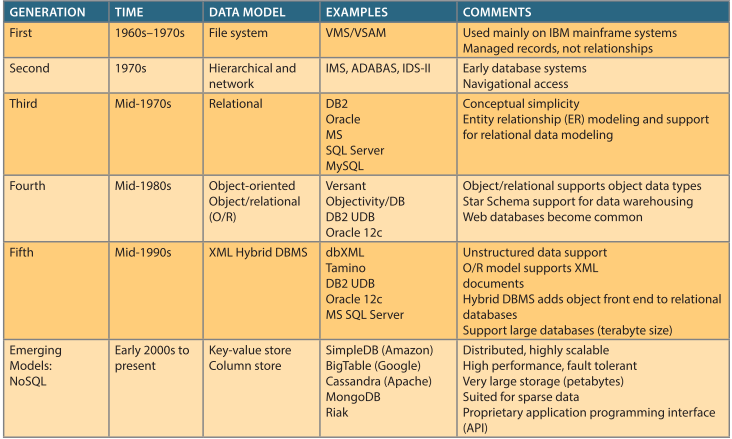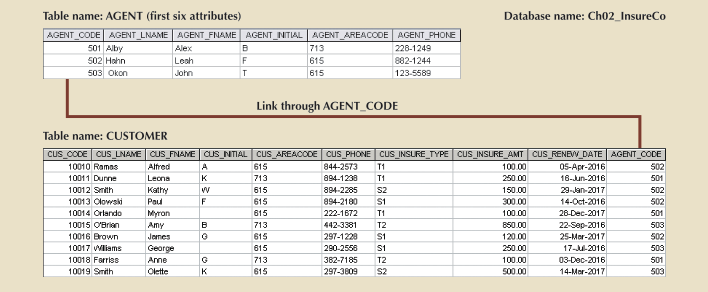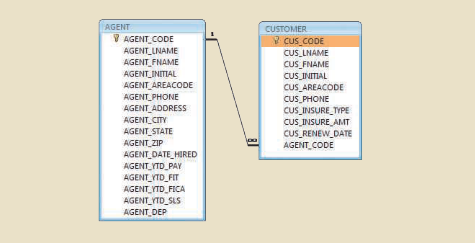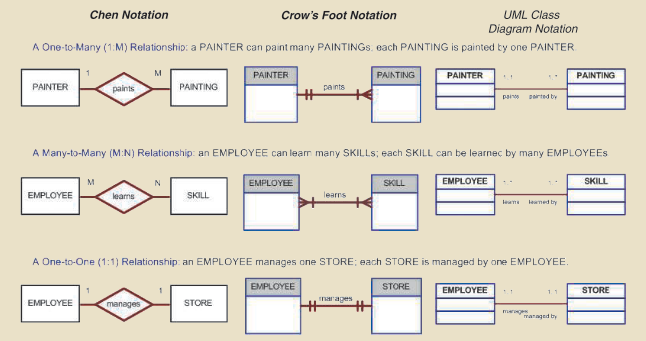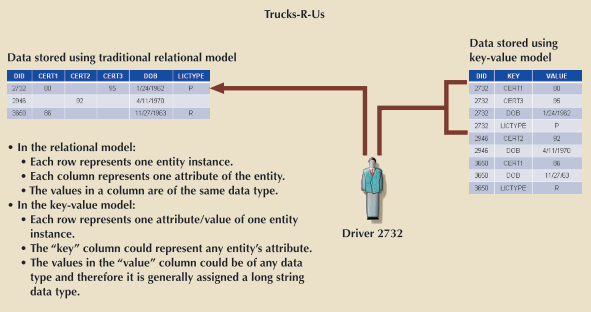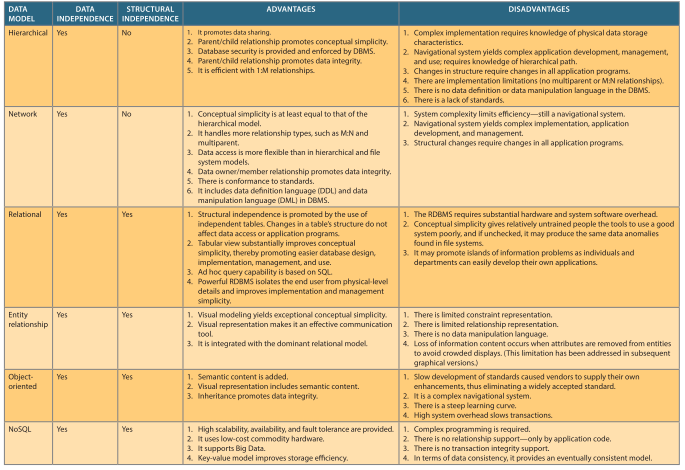Database design focuses on how the database structure will be used to store and manage end-user data
Data model is a relatively simple representation, usually graphical, of more complex real-world data structures
A modelis an abstraction of a more complex real-world object or eventA modelhelps to understand the complexities of the real-world environmentData modelrepresents data structures and their characteristics, relations, constraints, transformations, and other constructs with the purpose of supporting a specific problem domain
